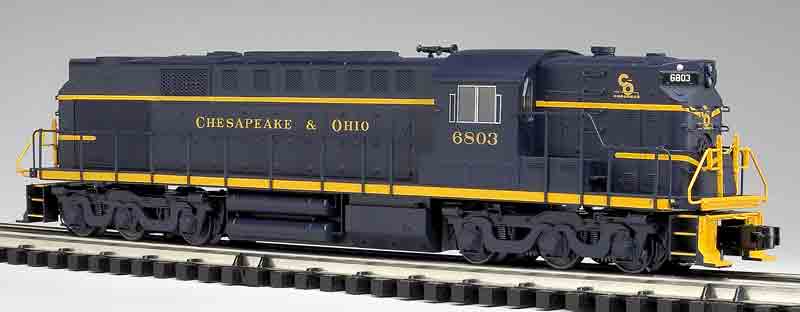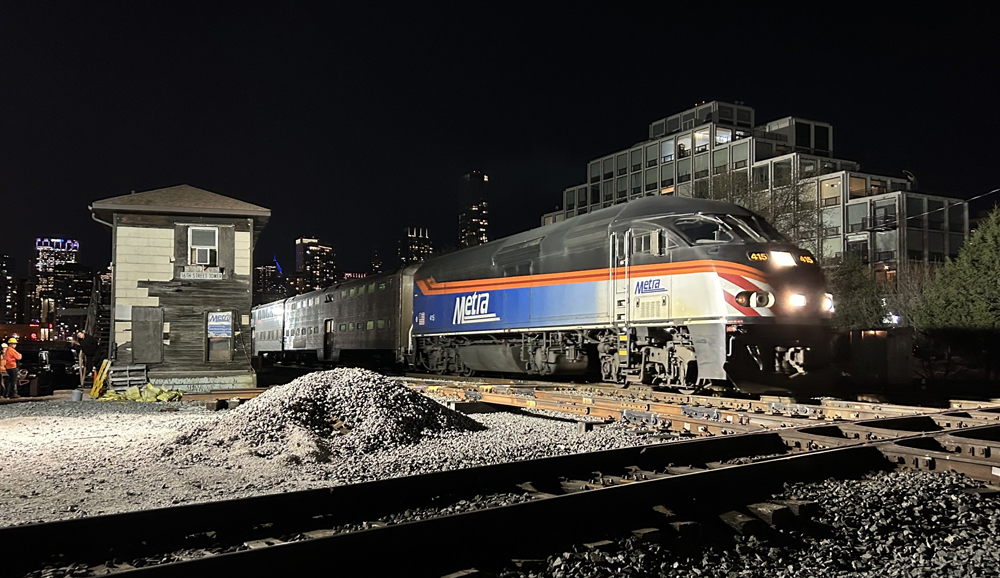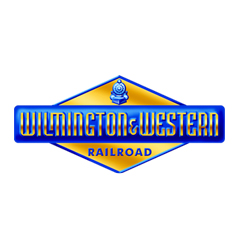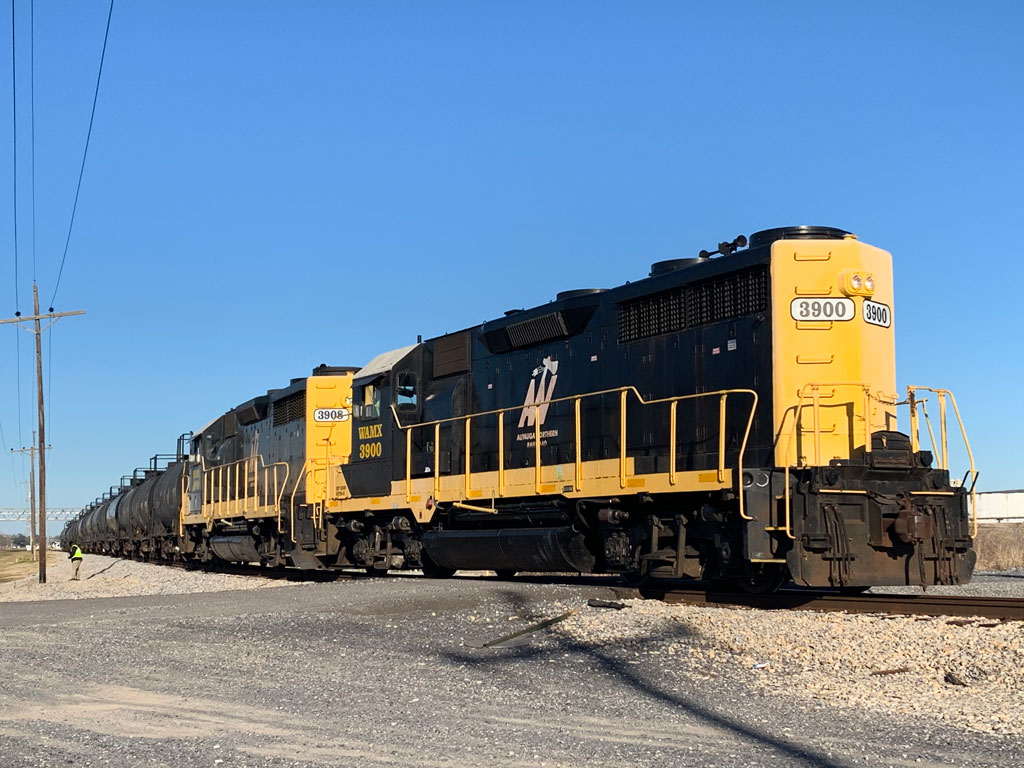The RSD-7 and the RSD-15 are basically the same locomotive, except that the RSD-7 had an Alco 244-series diesel engine and the RSD-15 had a 251-series diesel engine. In either rendition, the locomotive was an attempt by Alco to design a single product that would be up to the task of drag freights, fast freights, or high-speed passenger service.
Like many Alco diesels, this road switcher wasn’t an especially successful seller when stacked up against the competition from General Electric and Electro-Motive Division of General Motors. Just 17 of the 2,400-horsepower RSD-7s were built, though 87 of the more famous RSD-15 “alligators” were constructed from 1956 to 1960.
But one version – the low-nose model operated by the Santa Fe – developed its own cult-within-a-cult status, and they have their own fan base in railfandom. No RSD-7s survived, but six RSD-15s are at home in museums or running on tourist railroads.
Opening the box
While Atlas O’s Trainman line targets thrifty three-railers, its product managers clearly didn’t cut too many corners. Even the shipping container of our RSD-7/15 sample model looks classy.
The diesel comes mounted in a rigid plastic frame to assure perfect, intact delivery. The locomotive is screwed into place (the box includes rubber plugs to fill the small holes in the bottom of the fuel tank) on the frame. The frame itself fits so snugly that I imagine the only danger from damage would be from a steel shaft harpooning the box. This isn’t going to shake apart in transit.
The model has a pretty impressive size – the frame measures 15 ½ inches long (62 feet in O scale) and has a good hefty feeling to it.
The shell’s cast-in detail is first rate. Of special note is a cast-in screen on the long hood that may have the most intricate, overlapping detail I’ve seen. Though solid, it has a three-dimensional layered look to it. There’s plenty of hinge, latch, and rivet detail. The deck also has cast-in safety tread.
Add-on detailing on the RSD-7/15 includes grab irons, horn, vents, and great see-through screens and exhaust fan blades. The grab irons leading up to the roof deserve a special mention. Why? Because they actually look like grab irons, not just metal staples fed through a wire bending machine.
The end platforms have simulated uncoupler bars and cast-in brake and multiple-unit cables.
The three-axle trucks are well executed. The paint on the trucks of our sample might have been just a fraction too deep in spots, but this didn’t undermine the appearance of the frames, or diminish the look of the model.
The overall paint application was superb; edges were clean and crisp. The yellow Chesapeake & Ohio accent stripes were well done, as were the “C&O For Progress” logos on the hood ends.
Exclusive to subscribers, check out a video of the Atlas O O gauge Alco RSD-15 running on our roller base and test track.
On the test track
I always prefer to check out the conventional version of Trainman locomotives. These scale-sized beauties are designed to attract the newbie, but they should also satisfy the experienced three-railer. By testing the conventional model, I put myself in a beginner’s shoes. Even after all these years I still get a rush when I see a brand-new product. If I’m pleased with what I see – and how a locomotive runs – there’s a good chance that a novice three-railer will get a kick out of it too.
And the experienced model railroader in me has yet to be disappointed with the look, feel, or quality of the Trainman diesel line.
Motor operation of our RSD-7/15 sample was very quiet, and the model was very responsive to transformer commands. Each truck mounts a single center-rail power pickup. They are spaced 10 ½ inches apart.
Lighting is basic – headlights only, but they are directional. The horn and bell are simple and satisfactory, and they sound right.
Our low-speed average was 18.5 scale mph, and the high-speed average was 102.2 scale mph. Drawbar pull for the model was 2 pounds 12 ounces.
The trucks each mount four traction tires, and they have magnetic couplers with an easy-to-finger release prong. During our testing, we had no trouble with spurious uncouplings.
I enjoyed running the “bare bones” conventional version of the latest Alco from Atlas O. It is a top-quality locomotive that would be an excellent addition to the fleet of a new O gauger.
For a more experienced operator, it should be just fine, though the calls of Lionel’s TrainMaster and RailSounds systems are certainly tempting! Atlas O’s Trainman Alco RSD-7/15 earns my three-G rating: Good model, Good runner, and Good value.
Price: $239.95 (no. 20020001) conventional version with horn/bell and thumbtack couplers, $389.95 (no. 20030001) command version with Lionel’s TMCC and RailSounds systems and coil couplers
Features: O-45 operation, die-cast trucks and couplers, two can-style motors, horn and bell sounds, directional lighting, operating couplers (conventional version)
Pros: Superb tooling, smooth running
Cons: Tough to pivot trucks to access screws beneath rear truck
Make in the People’s Republic of China for Atlas O















Good review of a popular product.Could you let us know the minimum radius this loco can operate on.I have display loops with no turnouts on my layout.Thank you.
It operates on O-45.